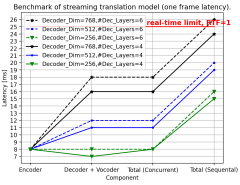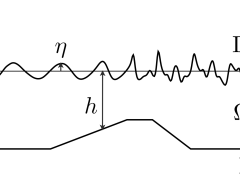Authors: Damian Owerko, Charilaos I. Kanatsoulis, Alejandro Ribeiro
Published on: June 14, 2023
Impact Score: 8.52
Arxiv code: Arxiv:2306.08191
Summary
- What is new: Using transfer learning to efficiently train CNNs on small signal windows for application on large-scale spatial problems without significant performance loss.
- Why this is important: The unsustainability of deep learning’s heavy computational demand due to complex models and large data volumes.
- What the research proposes: Employing a transfer learning approach for CNNs that utilizes shift-equivariance to maintain performance when scaled up, demonstrated on mobile infrastructure deployment.
- Results: Achieved computational tractability for large-scale problems involving hundreds of agents, which was previously infeasible.
Technical Details
Technological frameworks used: Transfer learning with convolutional neural networks (CNNs)
Models used: Shift-equivariant CNNs
Data used: Spatial signal data for mobile infrastructure on demand (MID)
Potential Impact
Companies in mobile infrastructure, spatial data analysis, and those reliant on large-scale computational models may benefit or need to adapt.
Want to implement this idea in a business?
We have generated a startup concept here: ScaleNet.




Leave a Reply